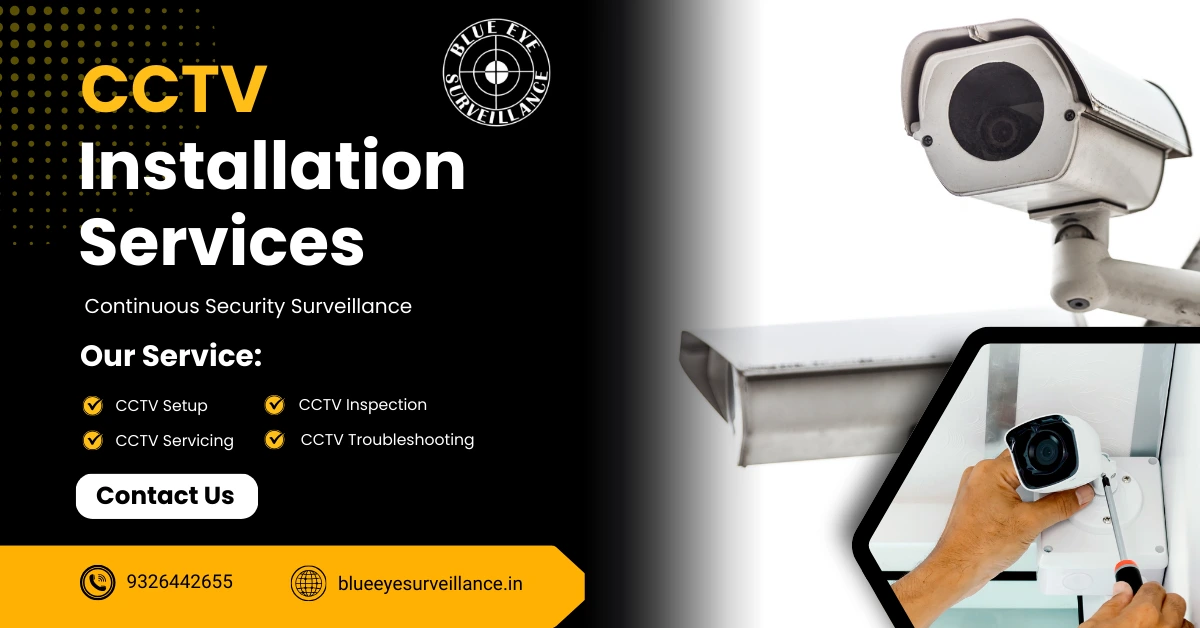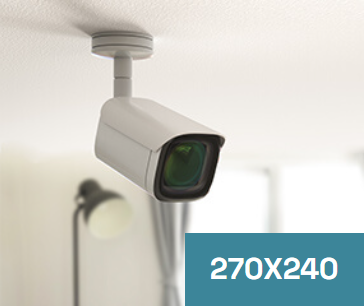The Future of CCTV: How AI is Transforming Surveillance Systems
Data-Driven Insights for Long-Term Security and Planning
The past couple of decades have seen tremendous change in the field of CCTV technology, having grown from black-and-white footage. Previously, surveillance was considered more of a manual task: checks for suspicious behaviour were made by a person looking through screens and later recording their reflections on the events observed. Artificial Intelligence, therefore, is considered an uprising in the security domain since it greatly transforms this sphere. AI-CCTV systems these days not just record incidents; they also interpret events on-the-go, make proactive decisions, and greatly influence the safety of businesses, public places, and homes.
In this article, we’ll explore how AI is changing the landscape of surveillance, the benefits it brings, and what the future holds for this powerful combination.
1.From Passive Recording to Active Intelligence
Earlier days CCTV cameras were passive. They captured footage, and then human security personnel had to sift through the hours of video to find suspicious acts which was an experience that often lead to fatigue and error. AI upgrades this action by putting in machine learning algorithms that run video feeds by the minute.
For example, an AI system can automatically detect:
- Unusual movements in restricted areas
- Loitering in specific zones
- Objects left unattended for prolonged periods
- Sudden crowd gatherings or dispersals
This proactive monitoring turns CCTV from a reactive system into an active participant in security operations.
2. Advanced Object & Facial Recognition
Facial recognition is one of many applications of AI brought to CCTV cameras. In the past, cameras were very poor in accuracy and never worked in low light or crowded settings. Today, however, deep learning models lend these AI-powered cameras the ability to recognize persons with utmost precision, even from a partially obscured angle.
Similarly, object recognition allows systems to:
- Identify individuals, cars, and animals.
- Identify particular license plates.
- Detect dangerous objects, such as guns.
This enables faster responses without wasting time on false alarms.
3. Predictive Surveillance: Stopping Threats Before They Happen
AI not only analyses incidents but it also helps to foretell future occurrences. By analysing the movement pattern and behaviour over time, AI systems can immediately detect activities ordinarily linked to a potential security breach.
For example:
- A person repeatedly circling a building at unusual hours
- A vehicle stopping briefly in restricted zones multiple times a week
- Employees accessing sensitive areas outside their normal working schedule
The predictive analytics actually enable security teams to act first before any given event occurs rather than reacting only after the event has happened.
4. Reducing False Alarms
False alarms are the biggest wastage of security resources. Motion sensor noises get triggered due to an animal, weather changes, etc., considering such types of threats as frivolous, operators get eventually desensitized. AI-based CCTV systems could account for false positives reduction through contextual analysis: understanding motion, but mostly understanding the type of motion.
For instance, an AI system can:
- Ignore a stray cat passing through a parking lot
- Differentiate between a falling branch and a person climbing a fence
- Recognize maintenance staff performing scheduled tasks
AI Technologies keep security teams focused on actual threats by decreasing false alarms.
5. Integration with Other Smart Security Systems
AI-powered CCTV works best as part of a connected security ecosystem. Modern systems can integrate with:
- Access control systems (automatic lockdown if an intruder is detected)
- Fire and smoke detection systems (providing visual confirmation to emergency teams)
- IoT sensors for temperature, motion, and sound
An integration allows much quicker response to incidents. For example, if a fire alarm were to go off, the AI would instantly retrieve footage from that whole zone, letting responders look at the situation before stepping in.
6. Data-Driven Insights for Long-Term Security Planning
Besides detecting immediate threats, AI surveillance systems collect a lot of data that can be analysed for planning. Businesses can thus:
- Spot high-traffic areas to install appropriate camera systems
- Analyse suspicious behaviour trends over months or years
- Schedule staffing levels optimized to security levels at different times of day.
These types of insights take CCTV systems beyond mere monitoring to a strategic resource for improving security over the long run and operational efficiency.
7. Ethical & Privacy Considerations
The greater the technological power, the greater the responsibility. AI-based surveillance imperils the privacy of citizens and offers channels for ill-intent in using the data. Laws such as GDPR in Europe and evolving data protection legislations in India call for responsible use of facial recognition and video analysis.
Businesses must:
- Be transparent about camera usage
- Store data securely and limit its retention period.
- Make sure that any possible biases are eliminated from AI systems that may bring about unjust profiling.
Balancing security with privacy will be one of the major concerns in the future, as far as AI-powered CCTV is concerned.
8. What to Expect in the Next Decade
Next-generation CCTV systems will have:
- Self-learning capabilities to adapt to new environments without the need for manual reprogramming
- Emotion detection to assess crowd mood and prevent riots or altercations
- 3D video analytics for more accurate object tracking
This integration of drones enables automated patrolling for vast or remote areas.
Thus, if the gap between human impressions and machine-sensing technologies is substantially reduced, this will create the opportunity for new and better security systems to emerge.
conclusion
The integration of AI is turning a CCTV from a mere watcher to an intelligent proactive guardian. AI based surveillance systems ensure a high level of protection to life and property by real-time analysis, predictive monitoring, and advanced integration.
However, one must consider that the future of CCTV depends not only on technical evolution but also on the growth of responsible use. Those victors which lie in the skilful integrity when providing protection will hence reside in the hands of Blue Eye Surveillance. They are promulgating just changes, enhancing surveillance, ensuring the highest levels of ethics, and maintaining flexibility for evolving needs in businesses and communities.
The age of “watch and react” is over. The future is here and it’s watching, learning, and protecting in ways we could only imagine a decade ago.





